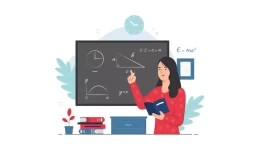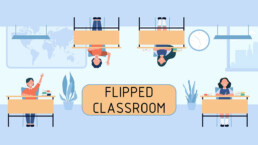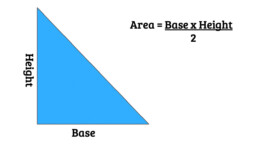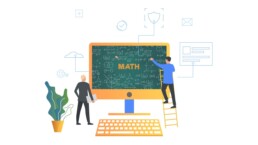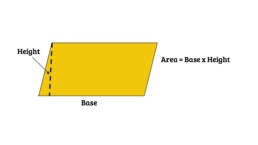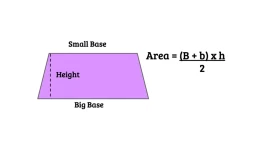Flipped Learning – How to Get Students to Watch the Videos
Introduction
In a Flipped Learning approach, students are taught content outside of class through videos or other means, and then class time is used for activities such as problem-solving, discussion, or projects. While this model has many benefits, one potential drawback is that students may not watch the videos. This can be a particular problem if videos are assigned for homework, as students are always reluctant to complete homework.
To encourage students to watch the videos, it is important to make it clear why the videos are essential for viewing. For example, you should explain that the videos contain key information that will be necessary for understanding the material covered in class.
In this blog post, we’ll share some tips on how to get students to watch the videos in a Flipped Learning approach and what to do if they neglect to watch the videos.
Platforms for Students to Watch the Videos

First, we must discuss the platforms teachers can use to assign videos to students. Choose a platform that will allow you to assign students videos while monitoring their success. Teachers will then be able to quickly identify which students watched the video and which students did not.
There are many platforms available to choose from. The platform I use is playposit. Playposit has many great features such as the pause feature, the ability to embed questions in the video and much more. Of course, there are other platforms you can explore such as Edpuzzle and more. No matter which platform you choose, it is important that students have one platform they can access all videos assigned.
Once you have chosen the right platform for you and your students it is important to keep the following tips in mind about the videos you assign.
Tips About Videos

- Make sure the videos are high-quality and relevant
- Make sure the videos are short
- Use video questioning strategies
- Make sure there are questions after or during the video
- Ask questions about the video the following day in class. Students love to answer these questions.
Once you have chosen the right videos, getting students to actually watch them is another challenge. As such, here are three effective ways to deal with the non-watchers and the pros and cons for each.
Students Watch the Video During Class Activities

Jonathan Bergmann and Aaron Sams introduced the Flipped Learning concept back in 2007. Their suggestion for those students who neglected to watch the video was to have them watch the video during class time, while others complete the class activities. Here are the pros and cons after trying this out in my class.
Pros
- Students still have to complete their homework
- Students are still held responsible for not watching the videos by having them watch it during class
- Students will learn that being a part of the class activities is more rewarding
Cons
- Students who do not like group work will opt not to watch the videos for homework
- Students who do not have earphones will not be able to watch the video in class
- Difficult to manage both groups for teachers
Assign a Grade For Homework Completion

Assigning a grade for homework completion is a great way to teach students how to be responsible. This will only work however if the weight of the homework is significant enough for students to put in the work.
At the end of every video, I assign four questions that students must answer. I use those questions to calculate their grade. However, as an incentive, I give full marks to students who successfully take notes on the videos and bring them to class.
Pros
- Students are held accountable for their learning
- Students are more likely to complete their homework
- Low management for teachers
Cons
- Some students do not care about their grades
- Students will be lost during class activities since they did not watch the video
- Students will not learn the importance of watching the videos
Keep Students in at Recess or Lunch to Watch The Video

Teachers must teach students the importance of accountability. In a Flipped Learning approach, math homework should take no more than 15 minutes. As such, keeping students in during lunch and recess to watch the video can be an effective way to teach students the importance of being responsible.
Pros
- Students are more likely to watch the videos since they do not want to stay in during lunch or recess
- Students are held accountable
- Students are taught how to be responsible
Cons
- Teachers will have to give up their lunch and recess
- Students will be confused during class activities since they did not watch the video
- Students may not show up during lunch or recess
Conclusion
To make sure that students watch the videos, it is important to have a plan in place. The following tips will help you get your students to watch the videos and learn in a Flipped Classroom.
Have you tried any of these techniques? If not, give them a try and see how they work for you.
In addition, we would love to hear from you. Let us know which techniques you use in your classroom in the comments below!


